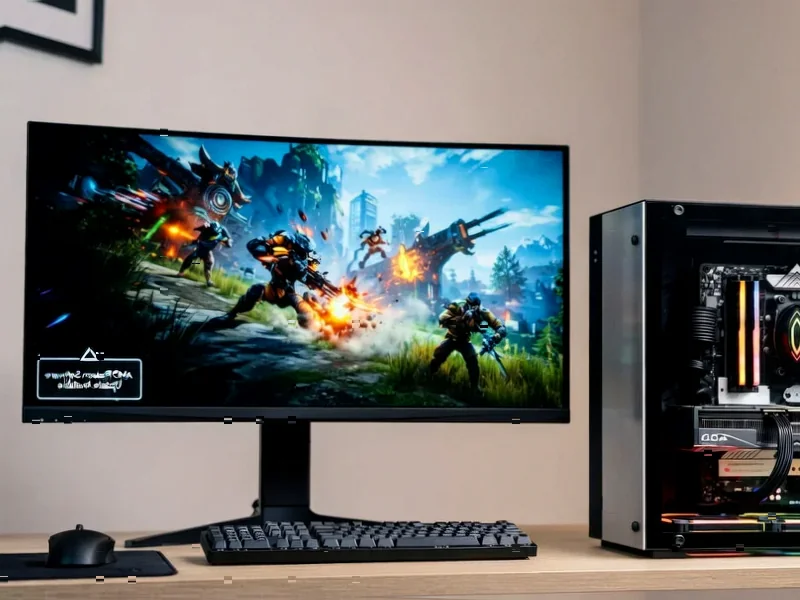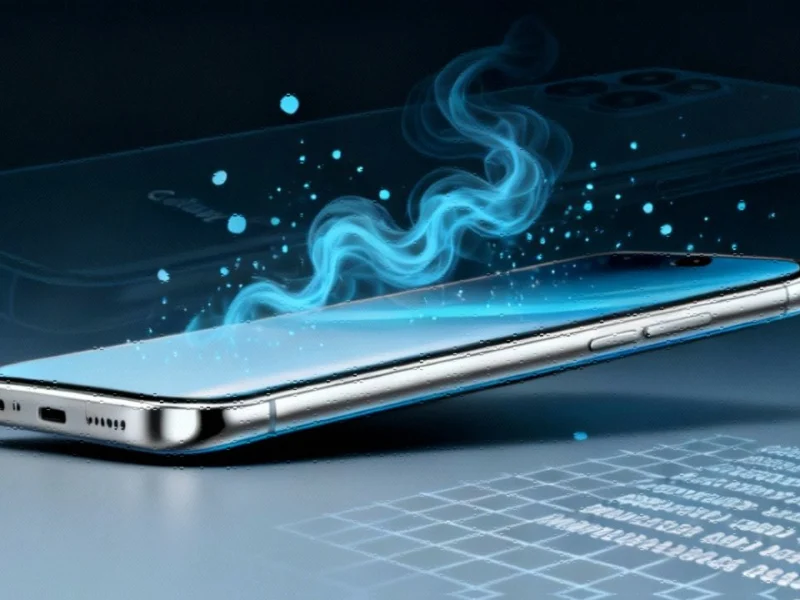According to Digital Trends, AMD has completely reversed its controversial driver strategy after a messy rollout that confused Radeon users. The company initially split its Adrenalin drivers into two separate paths, suggesting older RDNA 1 and RDNA 2 cards like the RX 5000 and RX 6000 series would enter “maintenance mode.” Following a weekend of corrections and a wrong driver upload, AMD now confirms these older GPUs will continue receiving day-one game support, stability updates, and security fixes. The two driver branches remain, but optimizations will land simultaneously across all RDNA generations. This means millions of existing graphics card owners won’t be left behind when new games launch.
Why This Actually Matters
Here’s the thing about day-one driver support: it’s what keeps older hardware relevant. When a big game like the next Call of Duty or Star Wars title drops, those optimized profiles can mean the difference between smooth gameplay and constant crashes. Basically, AMD was about to cut the lifeline that lets people keep using their existing cards instead of feeling pressured to upgrade.
And let’s be real – how many people are actually buying new GPUs every generation? The RX 5000 and 6000 series cards are still perfectly capable for most gaming. Without timely driver updates, they’d slowly become paperweights as new releases passed them by. Now they’ll keep getting those crucial performance tweaks that squeeze every last frame out of aging silicon.
AMD’s Messaging Problem
This whole situation reveals something important about how tech companies communicate with their customers. AMD tried to get clever with driver branches and “maintenance mode” terminology, and users immediately smelled trouble. The backlash was swift and loud – because gamers have been burned before by planned obsolescence.
Look, companies want to focus on their newest products. That makes business sense. But when you’ve sold millions of graphics cards with the expectation of ongoing support, you can’t just quietly downgrade that commitment. The fact that AMD had to publish a detailed explainer and provide written confirmation to outlets like Hardware Unboxed shows how badly they misjudged the reaction.
What Comes Next for Radeon Owners
So where does this leave RX 5000 and 6000 series owners? In a much better position than they were last week. You’ll still get two driver branches – one “stable” for proven performance and one “optional” with newer features. But the critical game optimizations will arrive simultaneously across both.
The real test will come with the next major game launch. When that happens, install the new driver and see how your older card handles it. If AMD delivers on its promise, you should see decent performance out of the gate rather than waiting weeks for community fixes. And if they don’t? Well, that’s when the real backlash begins.
Basically, AMD bought itself some goodwill here by listening to its community. But the proof will be in the performance. For now, older Radeon owners can breathe a little easier knowing their hardware investment is protected for at least a while longer.




